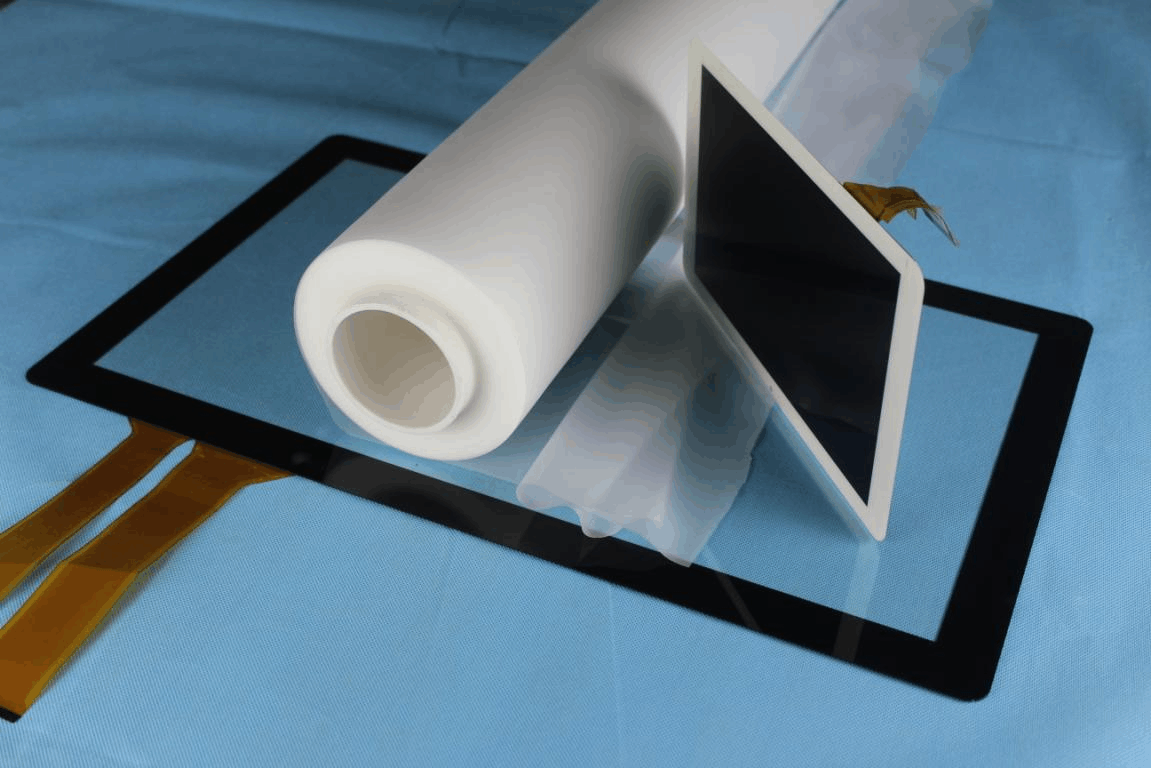Industry news
OCA and LOCA's replace SCA optical film
2019-10-04Talking about the SCA optical film of OCA and LOCA
As we all know, OCA optical glue is one of the important raw materials for touch screens and LCD screens in the electronics industry.
It is made of optical acrylic glue without a substrate, and then attached to the bottom layer, and then attached to a layer of release film,
It is a double-sided adhesive tape without a base material. It is the best adhesive for touch screens and LCD panels.
However, OCA optical adhesives are difficult to fit, have high precision requirements, and cannot be hand-fitted.
Equipment requirements are also very high. Based on the OCA optical adhesive, a liquid optical adhesive LOCA has been developed.
LOCA is a one component, UV curable acrylate liquid optical adhesive for touch screens and liquids
The crystal screen panel is bonded, but the process has the same defects, and it is easy to flow the glue, and the bubbles are not easily removed.
Low productivity issues, especially for larger sized touch screens and LCD screens (eg 7 inches)
Top) Very difficult to construct, and can not rework bad components, greatly improve the electronics industry
For example, the production cost of LCD screens and touch screens for mobile phones, televisions, medical equipment, home appliances, and lowering
Productivity.
Aiming at the defects in OCA and LOCA optical adhesive technology, under the painstaking research of the industry for several years,
Finally, a new type of touch screen bonding film-SCA optical film was developed.

The specific characteristics of the SCA optical film are as follows:
(1) The wide range of panel sizes accommodated by the film is not limited by the size of the SCA film, and can be adapted to various sizes of panels.
Fit, especially for large-sized panels, it is easier to operate, and the method is the same, the effect is consistent, and the efficiency is extremely high.
(2) The fluidity and adhesion of the film are strong. SCA can flow when it is pressed against the preload, which solves the adverse reactions that may occur when the touch screen is attached.
Such as air bubbles, crushed structure, etc., after bonding, the adhesive layer and the touch screen are highly adhesive, and will not rebound or split apart.
Latest News
What is UV?
MoreAdvantages of UV Curing Lamp for Blue Shield Curing Equipment
MoreIs the light source lamp head of UVLED curing equipment easily contaminated
MoreThe quality of UV curing machine is related to the properties of UV ink
MoreDetailed explanation of knowledge related to UV curing machine reflector cover
More






